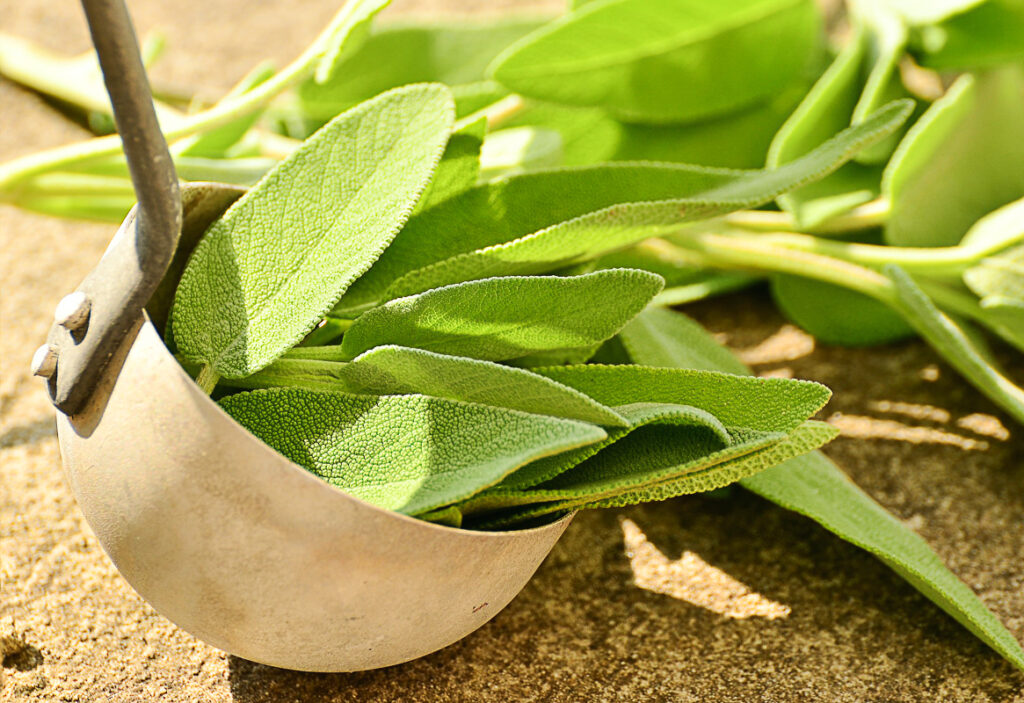There are a lot of benefits to growing herbs at home, but some herbs take longer to grow than others. Here are some recommendations for some of the fastest-growing herbs at home, including options for how to speed up the process.
*This post contains compensated links. Find more info in my DISCLAIMER. As an Amazon Associate, I earn from qualifying purchases.
Want to start a hydroponic garden at home easily? Check out our recommendations for Best Hydroponics Starter Kits for Beginners.
Is It Easy Growing Herbs At Home?
One of the best, and quickest, ways to grow herbs at home is to grow them using hydroponics, a system of growing vegetables and herbs in water rather than soil.
Generally, fast-growing herbs can do well in hydroponics. They grow 25% faster compared to when grown in soil. They can be harvested just weeks after planting. However, if you need larger plants, you may wait longer.

Growing Your Herbs At Home
Starting your herbs from cuttings is a viable decision. However, starting herbs from seeds is the most common method to grow hydroponic herbs. Germination from seeds is somewhat difficult when growing white sage, rosemary, bay leaf, lavender, and flavored mints such as orange and chocolate mints, thus using cuttings will be successful.
The fastest-growing herbs from seeds are dill, oregano, dill, and chives. Other fast-growing herbs from seeds are cilantro, anise, catnip, coriander, tarragon, chervil, and fennel.
For seedlings, use moistened propagation cubes and germination will occur within three weeks of planting.
The seedlings will start showing true leaves and be transferred to your hydroponic system.
Requirements For Growing Herbs Hydroponically
If you have a smoothly running hydroponic routine in place, expect healthy yields with less maintenance. To effectively grow hydroponic herbs indoors, light, PH levels, pruning, temperature, humidity, and nutrients need to be considered.
Nutrients
One key thing to note is that there are nutrients designed specifically for hydroponics. You have to mix water and fertilizer to come up with a nutrient solution. Make sure you drain, clean, and add a new solution to attain maximum growth.
Fertilization should be done frequently using hydroponic systems such as nutrient film technique, drip, and flood and drain methods.
Growing Medium
There is a variety of growth mediums that you can use to grow herbs in water. They are used to anchor plants but they do not provide nutrients for the plants. The plants get nutrients from the nutrient solution. Some of the best growing mediums include sand, gravel, coconut coir, vermiculite, expanded clay pebbles, oasis cubes, lava rocks, and perlite.
Light
Herbs do require nothing less than 6 hours of bright and unbarred sunlight daily. South-facing windows provide enough lighting for herbs, though you ought to rotate the plants to ensure all sides get enough light.
In areas with low lightings, grow lights are needed to boost light for healthy plants, more so when the herbs do not receive enough natural sunlight. Fluorescent lights can be used but they are less effective compared to modern LED grow lights. High-intensity discharge lights such as metal halide can also be used to grow larger leafy herbs.
Blue spectrum grow lights promote lush and bushy growth in varieties like basil. This makes the blue spectrum grow lights the best choice for indoor herbs.
Temperature
Ideal room temperatures for growing herbs should range from 70-75℉ and a relative humidity range between 40 and 60%. It is also important to provide ventilation for your herbs. You can use oscillating fans and ceiling fans.
pH Levels
Frequently check the PH levels of the water and nutrient solution to maintain healthy ranges between 5.5 and 6.8, depending on the variety of the herb.
Pruning
For the herbs to be more productive, you can keep them bushy. You can remove the tops by pinching them when they reach 6-12 inches tall so that they do not become leggy.
10 Fastest-Growing Herbs
If you are growing indoors and looking to achieve the fastest results, then try growing some of these:
- Chives
- Peppermint
- Spearmint
- Oregano
- Basil
- Rosemary
- Chamomile
- Cilantro
- Thyme
- Marjoram
Best Herb Growing Systems For Home
Ebb And Flow Systems
This system keeps the main water tank and herb pots separate. You use a pump to fill nutrients and water into the herb pots and then drain it back to the main reservoir. A timer is used to control the pumping system.
Aeroponic Systems
Aeroponic systems use mist sprays to feed the plant roots. The plant roots get oxygen from the air and water and nutrients from the nutrient solution.
Deep Water Culture
It is the most common hydroponic system and the most ideal for beginners. These herbs are grown in a big water reservoir. The reservoir is usually kept fresh and well-aerated using a small air pump.
Drip Systems
In this system, the roots are kept in a sterile medium. The system drip-feeds nutrients and water to the herb pots. To keep the system on a schedule, you have to use a timer that runs a few minutes hourly.
Using A Hydroponics Starter Kit To Grow Herbs Fast
Hydroponic kits usually include the herb seeds, growth medium, and plant nutrients. You only need to add water and monitor the growth. You can use self-watering jars to grow hydroponic herbs indoors with reusable glass planters.
Indoor Herb Garden Starter Kit By Savvy Grow

Comprises an air pump, instructions, medium bucket with 6 slots for planting, growth medium, water indicator, tubing, and an air stone for water oxygenation. Start your seeds first and then transplant them once they set two true leaves. It is recommended to purchase a nutrient mix and grow light.
Miracle-Gro AeroGarden

Includes a control panel that informs you when your herbs need nutrients and water and a 30-watt LED light system that automatically turns on and off. It also contains nutrients for a full year and a pack of gourmet seed pods two types of thyme, basil, mint, dill, chives, and parsley.
The Smart Herb Garden

It is a perfect system for the quickest-growing herbs. This system is referred to as the smart pot because it has a small built-in computer system. The computer routinely gives the plants the right quantities of air, water, and nutrients. The system has three cartridges that can grow three of your favorite kitchen herbs.
FAQs – Fastest Growing Herbs
Basil is one of the most popular and easiest herbs to grow. Under proper growing conditions, basil will be ready to harvest in as little as three weeks. It’s important to remember that basil requires a good amount of sunlight.
If you are new to home gardening, herbs are the best plants to begin growing. Herbs like sage, thyme, basil, and mint are some of the easiest to grow. So long as you provide them with enough sunlight and adequate water, they will grow in no time.
